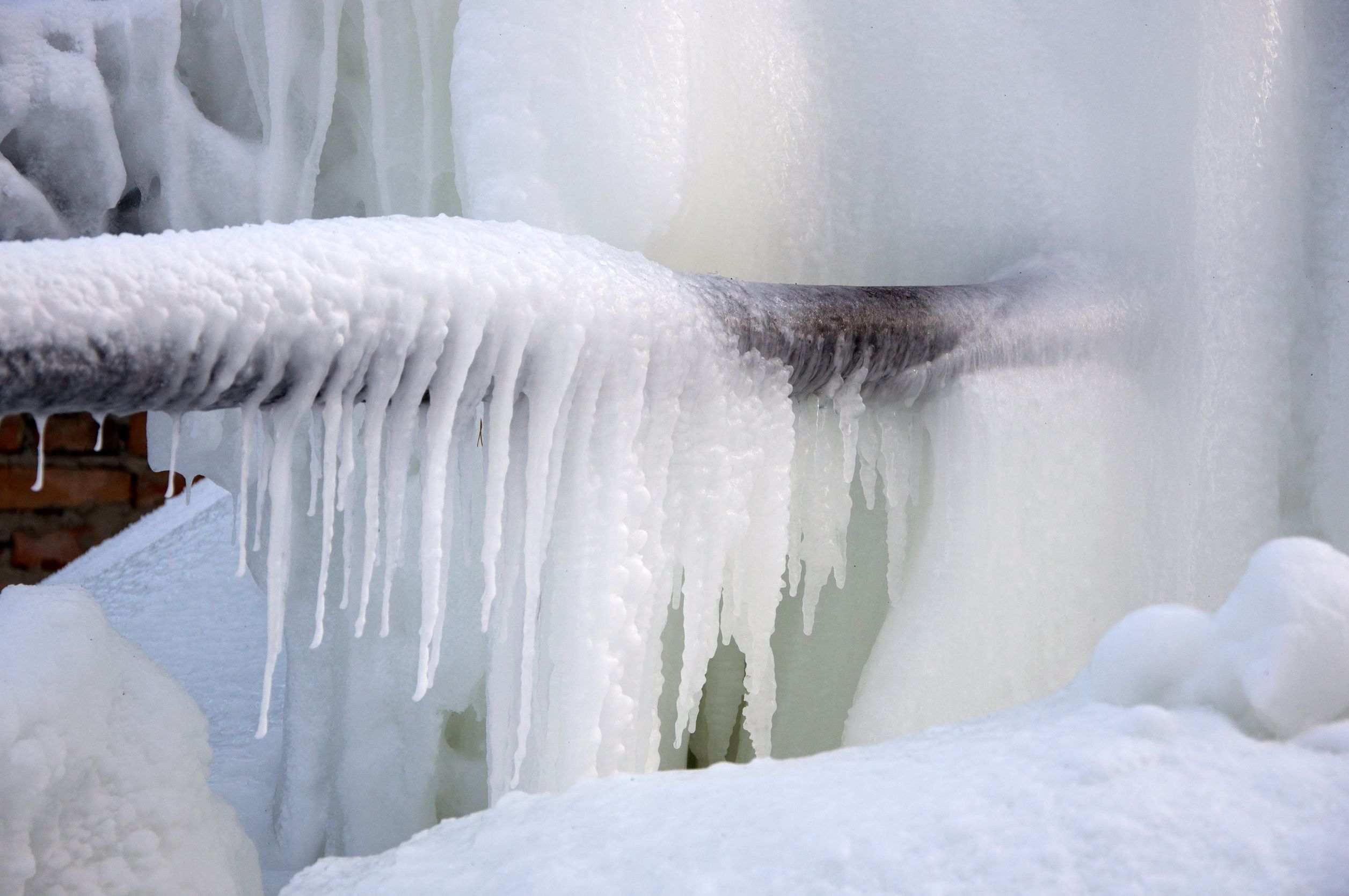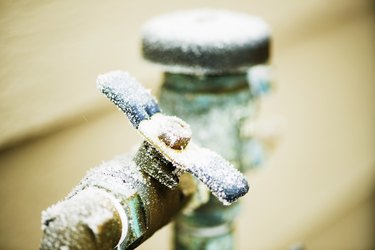Prevent Frozen Pipes in Winter: Professional Advice
Prevent Frozen Pipes in Winter: Professional Advice
Blog Article
The article author is making several good pointers on Prevent Frozen Pipes overall in this article below.

Winter can wreak havoc on your pipes, particularly by freezing pipes. Here's exactly how to avoid it from occurring and what to do if it does.
Intro
As temperatures decline, the risk of frozen pipes increases, potentially causing expensive repair services and water damages. Understanding just how to stop frozen pipes is essential for home owners in chilly environments.
Prevention Tips
Shielding at risk pipelines
Wrap pipelines in insulation sleeves or utilize warm tape to protect them from freezing temperatures. Focus on pipelines in unheated or external locations of the home.
Heating methods
Maintain interior spaces sufficiently warmed, specifically areas with plumbing. Open up cabinet doors to allow warm air to flow around pipes under sinks.
Just how to recognize frozen pipelines
Seek reduced water circulation from faucets, unusual smells or noises from pipes, and noticeable frost on revealed pipelines.
Long-Term Solutions
Structural modifications
Consider rerouting pipes away from outside walls or unheated areas. Add added insulation to attics, cellars, and crawl spaces.
Upgrading insulation
Invest in premium insulation for pipes, attics, and walls. Correct insulation aids preserve constant temperatures and minimizes the risk of icy pipes.
Protecting Exterior Plumbing
Garden hoses and exterior taps
Disconnect and drain yard hoses before winter. Set up frost-proof spigots or cover outdoor taps with shielded caps.
Comprehending Icy Pipes
What triggers pipelines to freeze?
Pipes ice up when exposed to temperatures below 32 ° F (0 ° C) for prolonged durations. As water inside the pipes ices up, it broadens, taxing the pipe wall surfaces and possibly causing them to break.
Threats and damages
Frozen pipelines can result in water supply interruptions, home damage, and expensive repair work. Burst pipelines can flood homes and create substantial architectural damage.
Indications of Frozen Piping
Determining frozen pipelines early can stop them from rupturing.
What to Do If Your Pipes Freeze
Immediate actions to take
If you think frozen pipes, keep faucets available to soothe stress as the ice thaws. Utilize a hairdryer or towels taken in hot water to thaw pipelines gradually.
Final thought
Protecting against frozen pipelines requires aggressive procedures and quick feedbacks. By comprehending the causes, indicators, and safety nets, property owners can safeguard their plumbing during winter.
6 Proven Ways to Prevent Frozen Pipes and Protect Your Home
Disconnect and Drain Garden Hoses
Before winter arrives, start by disconnecting your garden hoses and draining any remaining water. Close the shut-off valves that supply outdoor hose bibs and leave the outdoor faucet open to allow any residual water to drain. For extra protection, consider using faucet covers throughout the colder months. It’s also important to drain water from any sprinkler supply lines following the manufacturer’s directions.
Insulate Exposed Pipes
Insulating your pipes is an effective way to prevent freezing. Pipe insulation is readily available at home improvement stores and is relatively inexpensive. Pay close attention to pipes in unheated areas such as the attic, basement, crawl spaces, or garage. Apply foam insulation generously to create a buffer against the cold. You can also wrap your pipes in heat tape or thermostat-controlled heat cables for added warmth.
Seal Air Leaks
Inspect your home for any cracks or openings that could let in cold air. Seal any holes around the piping in interior or exterior walls, as well as the sill plates where your home rests on its foundation. Additionally, make sure to keep your garage door closed unless you’re entering or exiting. Leaving it open creates a significant air leak that can lead to frozen pipes.
Allow Warm Air Circulation
During cold snaps, it’s essential to allow warm air to circulate evenly throughout your home. Leave interior doors ajar to promote better airflow. Open kitchen and bathroom cabinets to help distribute heat consistently around the rooms. If you have small children or pets, be sure to remove any household chemicals or potentially harmful cleaners from open cabinets for safety.
Let Faucets Drip
A small trickle of water can make a big difference in preventing ice formation inside your pipes. When temperatures drop significantly, start a drip of water from all faucets served by exposed pipes. This continuous flow helps prevent the water from freezing. Additionally, running a few faucets slightly can relieve pressure inside the pipes, reducing the chances of a rupture if the water inside does freeze.
https://choateshvac.com/6-proven-ways-to-prevent-frozen-pipes-and-protect-your-home/

I stumbled upon that piece on Winter Plumbing Precautions: Preventing Frozen Pipes when perusing the web. Sharing is nice. You just don't know, you could be doing someone a favor. I truly appreciate your readership.
Explore Report this page